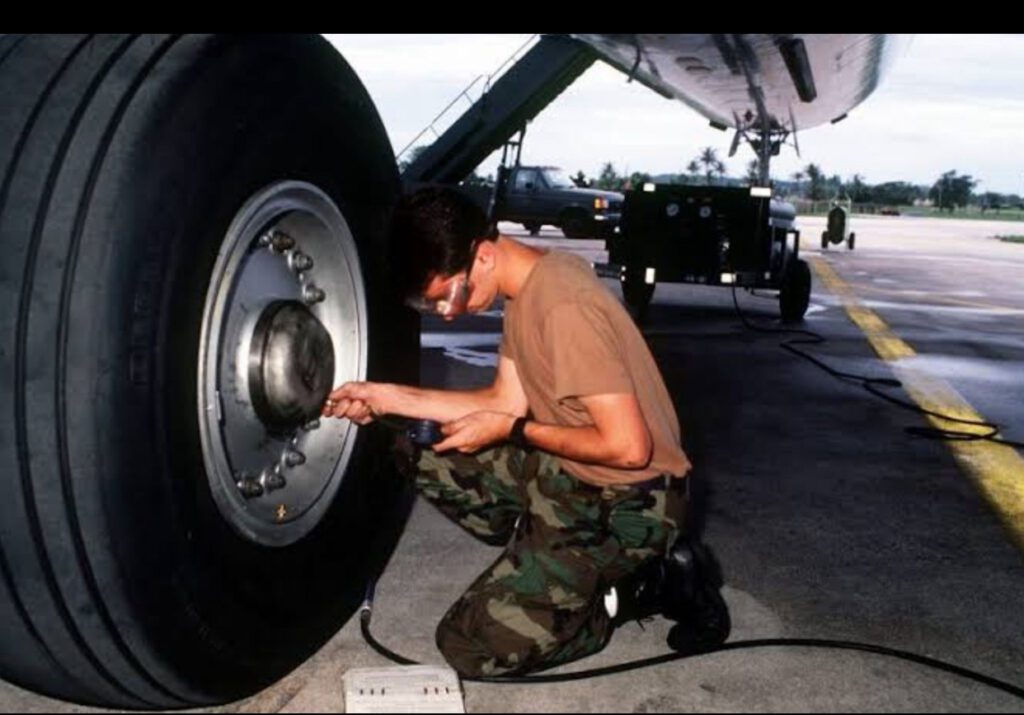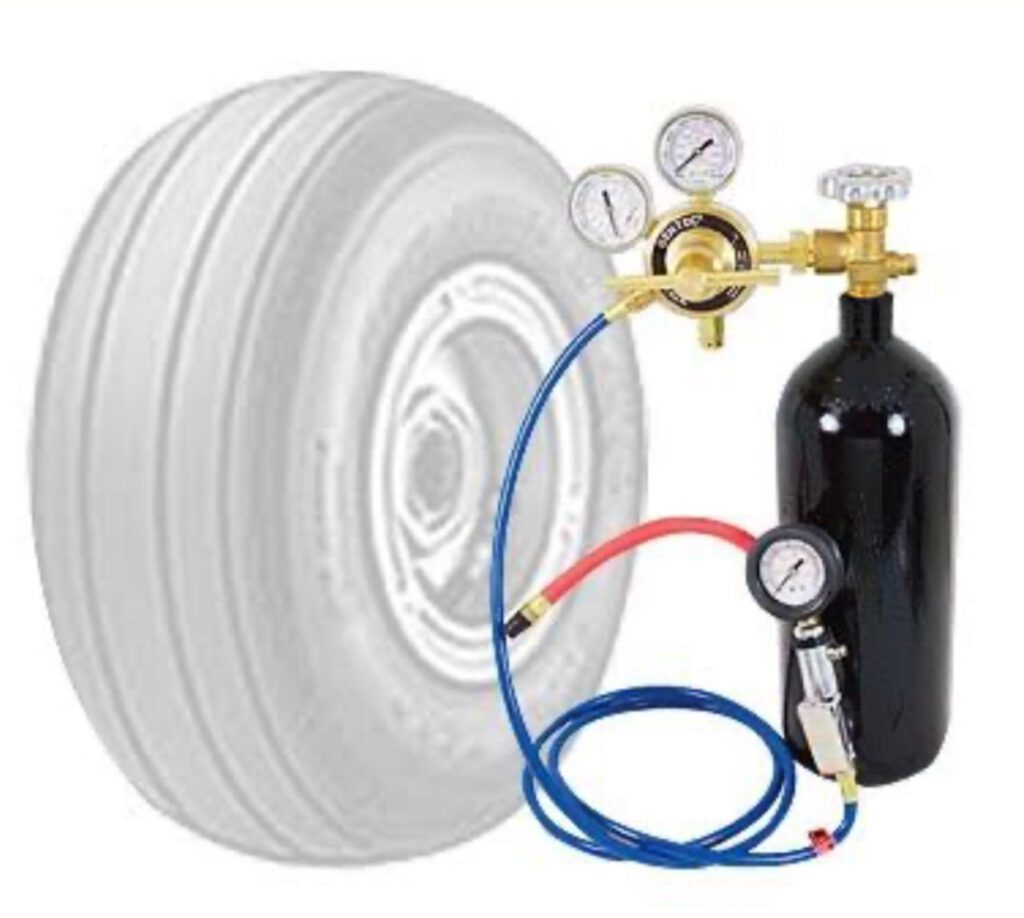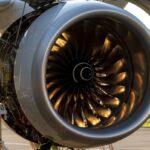
We generally know that aircraft tires are charged with N2 to eliminate the possibility of a chemical reaction between atmospheric oxygen and volatile gases from the tire inner liner thus producing a tire explosion.
But is it mandatory?
Yes. The request for inflating tires with nitrogen come from the FAA AD 87-08-09.
This AD was issued further to an accident that occurred in March 1986: several minutes after take-off, the aircraft crashed. The investigation determined that several minutes after take-off, a tire blew in the wheel bay. The tire had ruptured fuel, hydraulic and electrical lines leading to a complete loss of control of the aircraft. All passengers and crew on board were killed.
Later on (in February 1993), the FAA issued a CFR Final Rule which covers this FAA AD 87-08-09 by introducing the mentioned requirements directly in the Design Requirements through the update of the FAR Part 25 Sec. 25.733 “Tires”.

These requirements have been also considered by the EASA as they are also mentioned in this EASA “Certification Specifications (CS) for Large Aeroplanes – CS 25”.
This applies to large transport category airplanes with a maximum certificated takeoff weight greater than 75,000 pounds or 34019 Kg.
I’m Laboratory tests conducted in 1973 show a definite relationship between the quantity of oxygen in a tire and the gas mixture’s auto-ignition temperature.
At nitrogen concentrations greater than 95 percent, there was no pressure increase in the test chamber, even at chamber temperature of 670°F, indicating that there was no ignition.
Author – Sushant Singh





